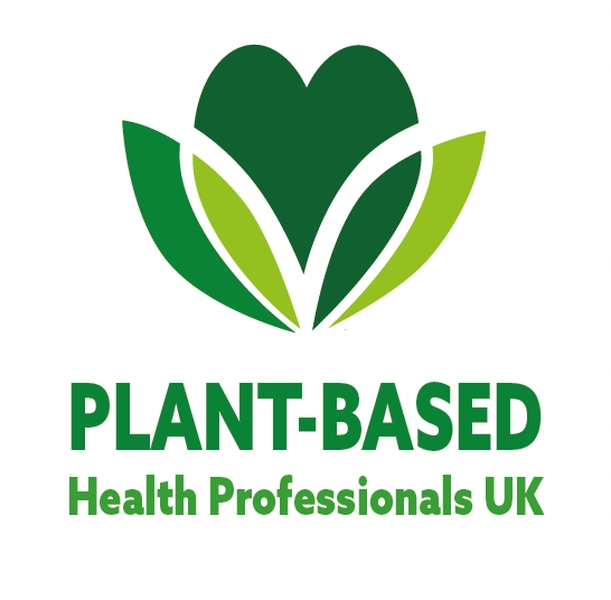How to get healthy fats on a plant-based diet
by Lisa Simon
When following a plant-based diet, the absence of animal fats and cholesterol provide a great advantage to health. However, there are certain foods in a plant-based diet which contain high levels of saturated fat, which contributes to elevated LDL-cholesterol levels, commonly known as ‘bad’ cholesterol.
What is the difference between saturated and unsaturated fat?
Saturated fat is primarily found in animal products such as meat, cheese and cream, but also in processed vegan foods, coconut oil (around 87% saturated fat) and palm oil (about 50% saturated fat). High intakes of saturated fat raise LDL-cholesterol levels and is linked to an increased risk of cardiovascular disease, including heart disease, dementia and stroke.
Unsaturated fats, on the other hand, including monounsaturated and polyunsaturated, do not increase LDL-cholesterol and have either neutral or favourable effects on health. Foods rich in these types of fat include avocado, nuts, seeds, tahini, extra virgin olive oil and vegetable oils.
All major health organisations have come to the consensus that we should be aiming to consume somewhere between 15-35% fat as a percentage of our total daily energy intake, and that we should be eating saturated fat, trans fats (even more damaging to health than animal fats), and cholesterol as infrequently as possible.
Is dietary fat important?
Adequate consumption of unsaturated fat is important. It provides a concentrated source of energy, which is especially important for growing children and adults with high energy needs. It is needed to make hormones and to maintain a regular menstrual cycle. It is also essential for the absorption of fat-soluble vitamins and the phytochemicals found in fruits and vegetables such as watermelon, squash and sweet potatoes. High-fat plant foods also contain several important nutrients and antioxidants. For example, avocadoes contain significant amounts of fibre, folate and potassium, as well as vitamin C and E, and carotenoids.
Plant-based diets that exclude high fat foods and oils are also at risk of not containing enough of the essential fatty acids (EFA’s), omega-3 and omega-6. These fats are different from others in that they cannot be made by the body and need to be consumed via the diet. Dietary sources of omega-3 fats are called ALA (alpha-linolenic acid) and these are then converted in the body to EPA (eicosapentaenoic acid) and DHA (docosahexaenoic acid), the active forms of omega-3 fat. Chia, ground flax and hemp seeds and their oils are rich sources of ALA, as are walnuts. Dietary sources of omega-6 are called LA (linoleic acid), and sources are much more plentiful than ALA. These include pine nuts, pumpkin/sesame/sunflower seeds, hemp seeds, nuts, grapeseed oil and other vegetable oils, and avocado.
While it is possible to get adequate ALA in the diet, the problem occurs with the conversion into EPA/DHA omega-3 fats. The body’s conversion of ALA into EPA and DHA is relatively low, and this is made worse if the diet is high in LA as both compete for conversion. Other dietary factors that can reduce conversion are alcohol, caffeine, trans fats (found in processed foods), and nutritional deficiencies.
The best way to ensure a balance of omega-3 and 6 fats is to ensure that each meal contains a source of ALA as well as LA, and you may wish to consider taking an algae-based omega-3 supplement containing between 300-500mg EPA/DHA, or just DHA.
Obtaining a healthy amount of fat on a plant-based diet
Here are some examples of how you can achieve a balance:
Breakfast: Porridge or overnight oats with 1tbsp chia/flax/hemp seeds and mixed berries
Lunch: A large salad with chopped apple and walnut halves
Dinner: A buddha bowl containing grains, tofu, vegetables and avocado sprinkled with 1 tbsp ground hemp
Snack: Dates stuffed with peanut butter and crushed walnuts
Conclusion
The right type of fats are essential to health and should be included as part of a healthy, balanced plant-based diet. When looking at the composition of your plate, aim for roughly 45% fruit/vegetables, 5% fat, 25% whole grains and 25% minimally processed protein from plants such as beans, lentils, chickpeas.
References
- Simopoulos AP. The importance of the ratio of omega-6/omega-3 essential fatty acids. Biomed Pharmacother. 2002 Oct;56(8):365-79. doi: 10.1016/s0753-3322(02)00253-6. PMID: 12442909.
- Welch AA et al. Dietary intake and status of n3 polyunsaturated fatty acids in a population of fish-eating and non-fish eating meat eaters, vegetarians and vegans and the precursor-product ratio of alpha-linoleic acid to long chain n3 polyunsaturated fatty acids: results from the EPIC- Norfolk cohort. American Journal of Clinical Nutrition. 2010;92(5):1040-51
